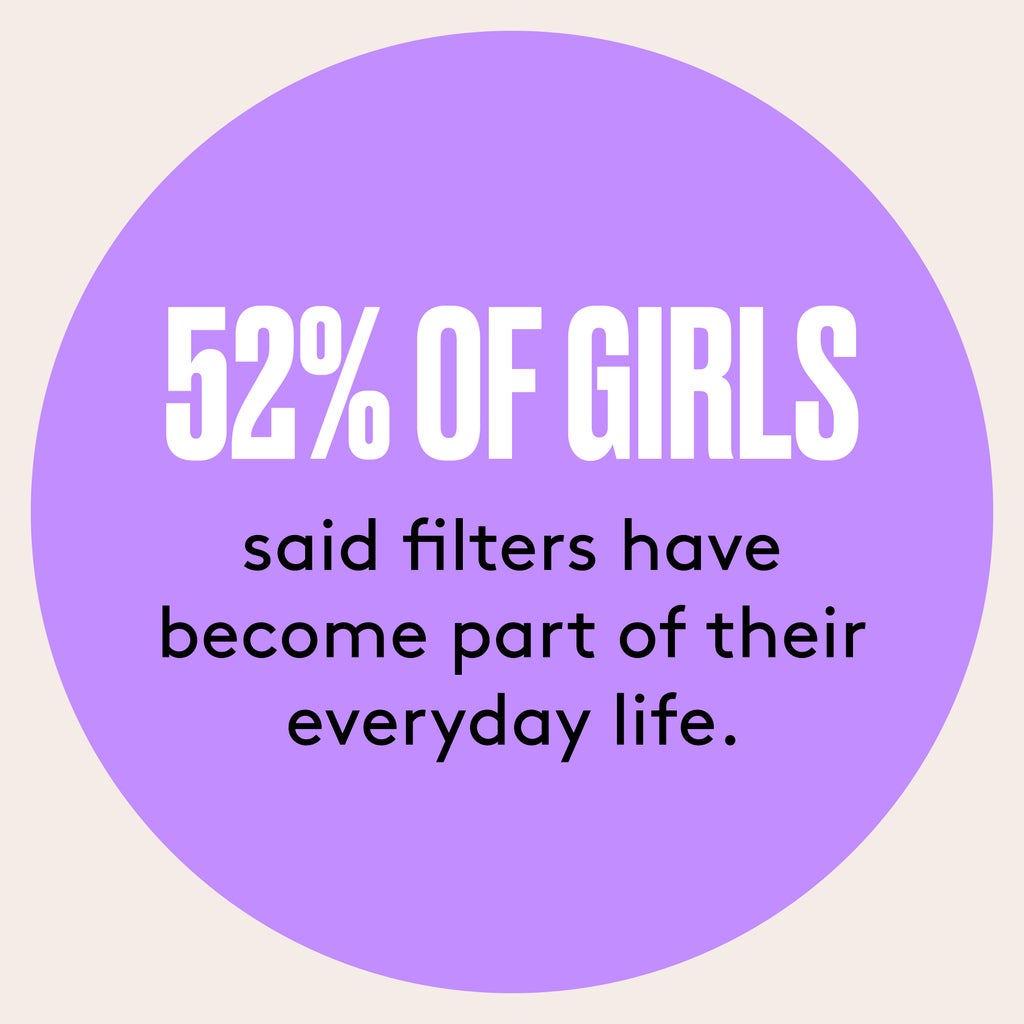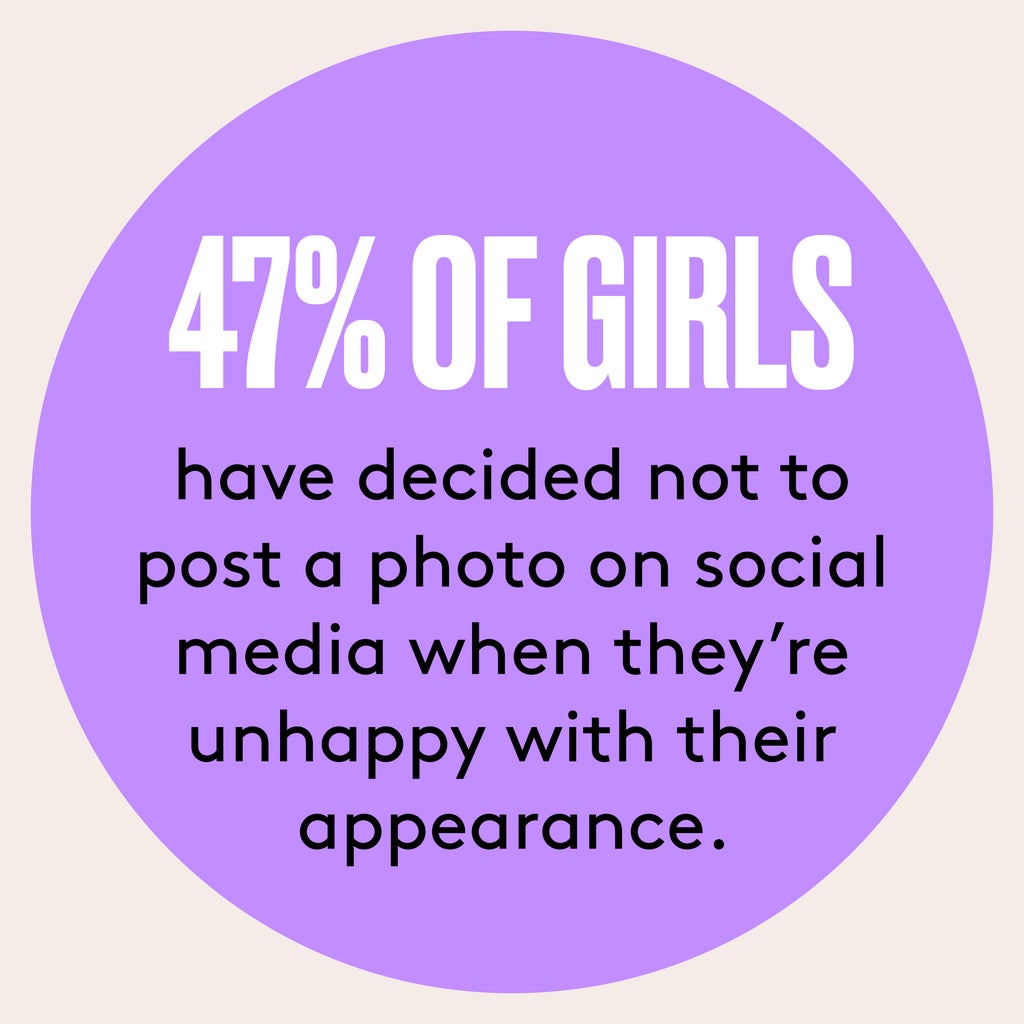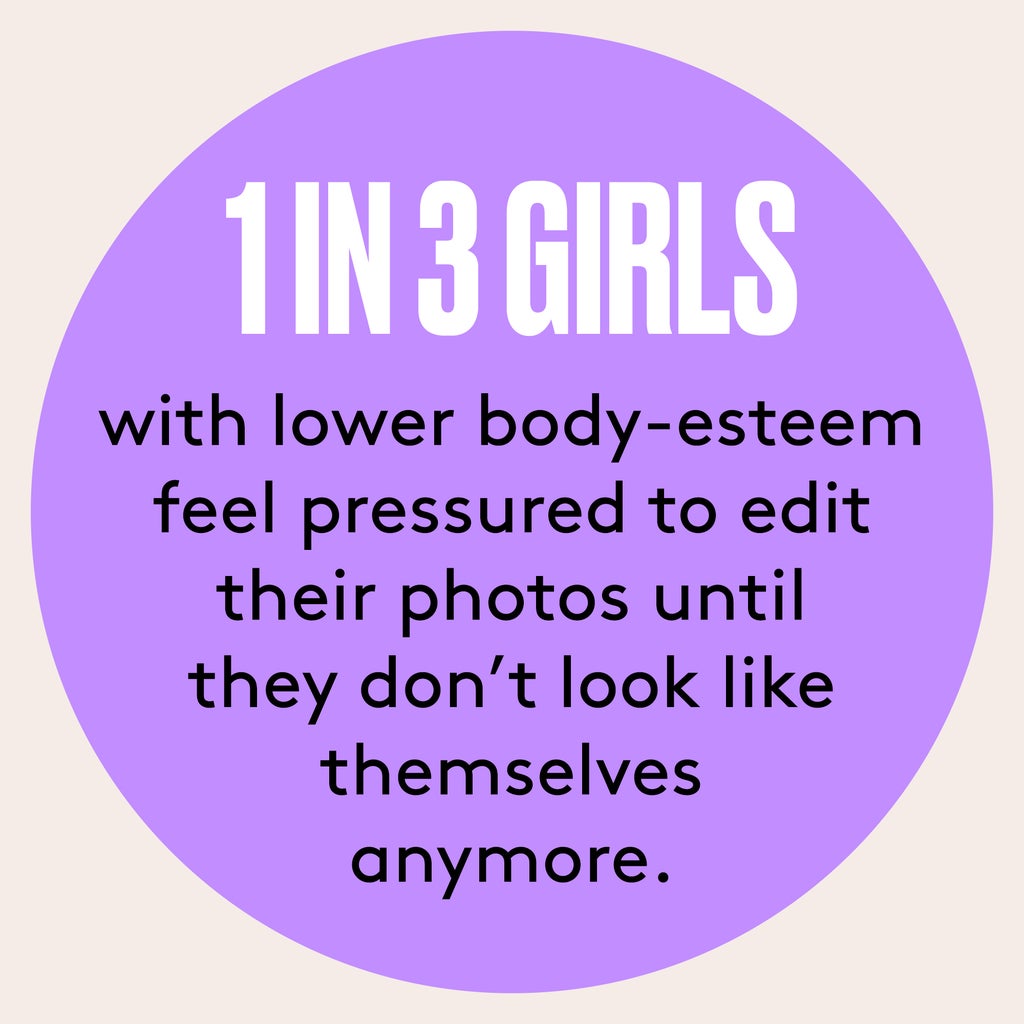When Carina Chilcott was in eighth grade, she posted her first YouTube video — three years later, the 16-year-old Vancouver native’s reach now extends to 300,000-plus subscribers (along with over 45,000 on Instagram, and more than 20,000 on TikTok) who tune in to watch her weekly uploads that range from her high school morning routine to “study with me” videos.
“My social media experience has definitely been slightly unconventional in comparison with the average teenager because it is, at the end of the day, my job,” she says. “I grew a following in grade nine, and it happened quite quickly. And as thousands of people began to follow me, I grew more self-conscious of myself. It was daunting posting content that I knew such a large audience would be watching, judging, and commenting on.”
Surprisingly, Chilcott says her self-esteem has been more affected by her personal account — where she posts to an audience of friends, mutual acquaintances, and students from other schools — than it has by her public platform. This was especially true at the beginning, when social media was still new. “There was a lot of judgment, and it was at the time when you start talking to boys, so there’s more pressure because you’re afraid of what they’re going to think of you — that’s when I started to FaceTune my photos,” she continues. “I don’t edit my face or body anymore, but back then, I wanted people to compliment my appearance. I wanted that recognition and validation from my peers. It made me feel so much more confident when I had other people telling me I looked a certain way rather than having confidence in myself.”

Chilcott’s experience is not at all uncommon among teens — according to a 2020 research conducted by Edelman Data & Intelligence, 80% of girls surveyed have applied a filter or changed the way they look in photos by the time they’re 13, 32% of girls always change something on a photo they post of themselves, and 77% of girls try to change or hide at least one body part or feature before posting a photo of themselves. It’s for these reasons that The Dove Self-Esteem Project was born: to give parents the tools to talk with their children about the effects of social media.
And these alarming statistics will only worsen if they continue to be ignored. Phillippa Diedrichs, PhD, professor in psychology at the University of the West of England Bristol, who has studied the impact of media on body image for more than a decade, says it’s more common for girls and women to dislike the way they look than it is to embrace their looks — a phenomenon that researchers have observed since the ’80s. And when folks have low body confidence, Dr. Diedrichs says they’re more likely to have poorer physical and psychological health, making them more at risk for depression, anxiety, eating disorders, and suicidal thoughts.
“We also know that when they have low body confidence, they’re less likely to have agency and to feel like they can’t challenge oppressive social systems,” she explains. “Low body confidence is a public health issue, a social justice issue, and a gender equality issue.”
To build up the self-esteem of the current (and future) generation, we partnered with The Dove Self-Esteem Project to speak with Dr. Diedrichs about how to recognize signs of low-self-esteem, how parents can broach the conversation with their children, and how social media can actually be turned into a positive platform.
Social media’s effects differ greatly from that of traditional media like TV, magazines, and ads

“The difference is the frequency of exposure — on average, girls are spending five hours a day on social media, and they can be multitasking on their phones while watching Netflix or doing any number of things. Before, we were passively consuming, but now we’re creators as well, thinking about how we present ourselves to the world, what we look like, and how we might be scrutinized by other people,” Dr. Diedrichs says. “Before, teasing and bullying happened only at school, but now, people can reach you all the time. It’s an ‘always on’ culture and it’s more bi-directional than what mainstream media used to be.”
Specific behaviors on social media can lead to lower self-esteem
Dr. Diedrichs notes the earliest findings from over a decade ago reveal that the more time you spend on social media, the worse your body confidence is — but it’s become more nuanced since then, particularly when it comes to behaviors that can exacerbate the issue.
“Posting selfies to seek validation through comments and likes, comparing the way you look to the people you see on social media (particularly fitspiration content), and engaging or commenting on other people’s appearances can be problematic,” says Dr. Diedrichs, adding that comparing ourselves to celebrities, influencers, and distant peers is more harmful because we’re not seeing them in real life. “Also, there’s a lot of research now that shows that if we’re consuming social media passively, that’s really problematic for our well-being. Over 200 studies show that when women and girls look at media images that have been digitally distorted or depict narrow beauty ideals, that’s bad for their body confidence as well.”
When we asked Chilcott about her experience, she said she found the comparison of oneself to others to be the worst part of social media. “I’m immersed in a community of fellow influencers, and we’re all doing our best to ensure we have the most aesthetic feed or most put-together outfit, but this is what ends up hurting me the most: Why does my life not look like hers?” says the high school junior, who also points to models who post frequently on Instagram as a major self-esteem crusher. “It’s an unspoken thing in the influencer community, because nobody wants to admit that they’re constantly comparing themselves to those around them when we feel this responsibility to live the perfect life.”
Now, when it comes to consuming content, Chilcott is working on shifting her perspective, reminding herself that an Instagram image might not be what a person actually looks like. “They had a team of makeup artists and hairstylists to look like that, for this moment, and we’re comparing ourselves to something that’s totally unachievable. That’s something I’m trying to remember and it’s important for my viewers to know because I’ve received messages, like ‘You’re living my dream life,’ or ‘You live in a Pinterest board’ when that’s so beyond accurate,” Chilcott says. “Social media is really only a snapshot of your life — you only post the perfect parts.”
Digital distortion is also part of the problem

Not only are we consuming images that have been altered, but we’re making them as well. Digital distortion is a practice that involves editing — or distorting — images through photo-retouching apps and filters. “They can be problematic when they’re used or designed to perpetuate narrow beauty standards (lightening of the skin, smaller noses, etc.) or to patronize , mimic, or make fun of people with unusual appearances and physical disabilities,” Dr. Diedrichs says. “Digital distortion also includes other behaviors, like spending a lot of time getting ready to take a photo, taking on average 14 selfies before posting one, or spending at least 20 minutes posing to get a selfie,”. “It’s all those actions that go into creating this digital image that doesn’t really reflect reality. We’re curating and cultivating these online personas of ourselves.”
Social media’s effects can happen fast — & they’re often overlooked
“We know just five minutes of exposure to problematic content on social media can have an immediate negative impact, so we need to think about the cumulative impact of that, which suggests that this is a problem we need to do something about,” says Dr. Diedrichs, listing signs of low self-esteem, which include girls opting out of participating in their everyday lives, not putting their hands up in the classroom, withdrawing from social events, and self-deprecation. “I heard one person refer to it as a quiet public health emergency because it affects a huge amount of people and there are detrimental impacts on health, but it doesn’t necessarily get the attention it deserves. It’s often trivialized as a silly ‘girl’s issue’ or a ‘vanity issue,’ when it’s not — it comes from low self-esteem, low self-worth, and a culture that objectifies women and sends a message that how you look is important.”
Parents should have “The Selfie Talk” with their children
Dr. Diedrichs recommends sitting down with your children as early as when you start to hear them talk about social media. The worst thing, she says, is not to have the conversation at all.
“If you come from a place of patience and compassion and support, then that’s a really good place to start,” she says. “The first step is to help young people think critically about the content they’re consuming, develop media literacy skills — particularly when it comes to influencers because the lines are blurred between what’s advertising and what’s not, and they’re often under the guise that they’re relatable even though they have full-time jobs to create those images — and understand the block and mute functions, especially for content that doesn’t make them feel good.”
A next step could be sitting down, closely examining their social media profile (depending on their comfort level), and asking questions like: Why do you follow this person? How does it make you feel when you see this influencer? Are they advertising anything? What are they trying to get their followers to feel by looking at that image? A useful resource for parents is The Dove Self-Esteem Project, which offers helpful guidelines on how to chat with their children about the impact of social media on self-esteem. “Start asking these open-ended questions and encouraging young people to be more mindful of how they’re feeling rather than passively scrolling,” Dr. Diedrichs continues. “Remind them they can showcase what they’re doing instead of posting selfies or even take time off from social media.”
And remember, there are good aspects of social media as well
“If you have the message that all social media is bad, that’s not necessarily going to resonate with young people, especially when social media is a part of their everyday lives — it’s what they’ve grown up with it, it’s the way they communicate and keep in contact with their friends,” Dr. Diedrichs says. “There are positive aspects of social media: It can reduce social isolation because it allows you to connect with people, and it presents us with more opportunities to seek out inspiring content and to be exposed to people of different cultures and backgrounds. Content that promotes self-kindness and compassion can also improve mood and body confidence.”
As such, the conversation should be centered around positivity: How can we support girls to have a positive relationship with social media? How can we create a feed that makes them feel uplifted, creative, and included as opposed to inadequate?
“I’ve always been fascinated by how culture and society can affect well-being, and it really frustrates me how this disproportionately affects women, girls, non-binary, and trans individuals,” Dr. Diedrichs says. “If we could accept more diverse appearances and reduce the focus on appearance, I think women and girls would be enjoying and engaging with life and feel freer to contribute to society even more than they already are.”
Like what you see? How about some more R29 goodness, right here?
from Refinery29 https://ift.tt/3xPph4d
via IFTTT
